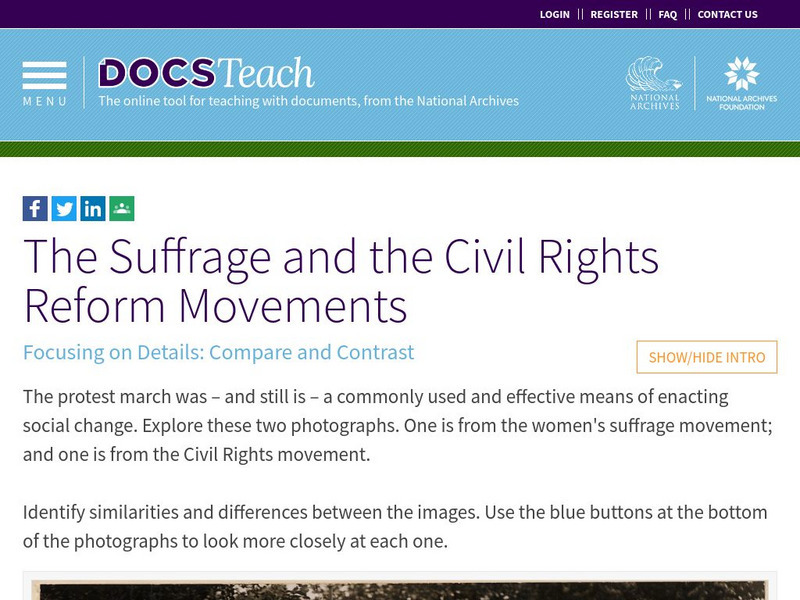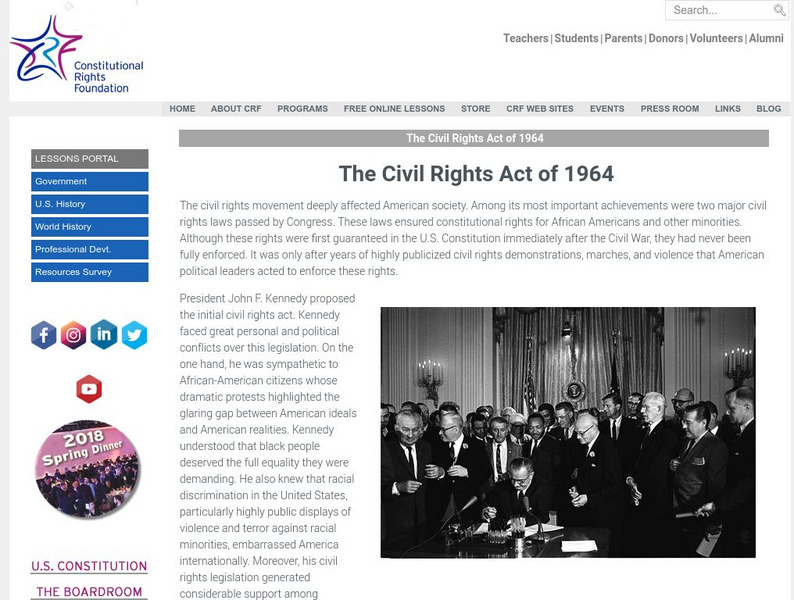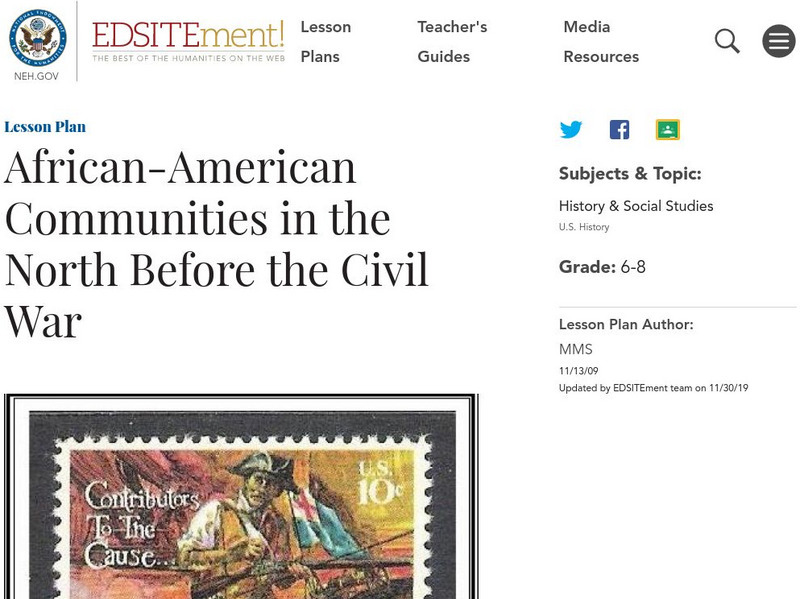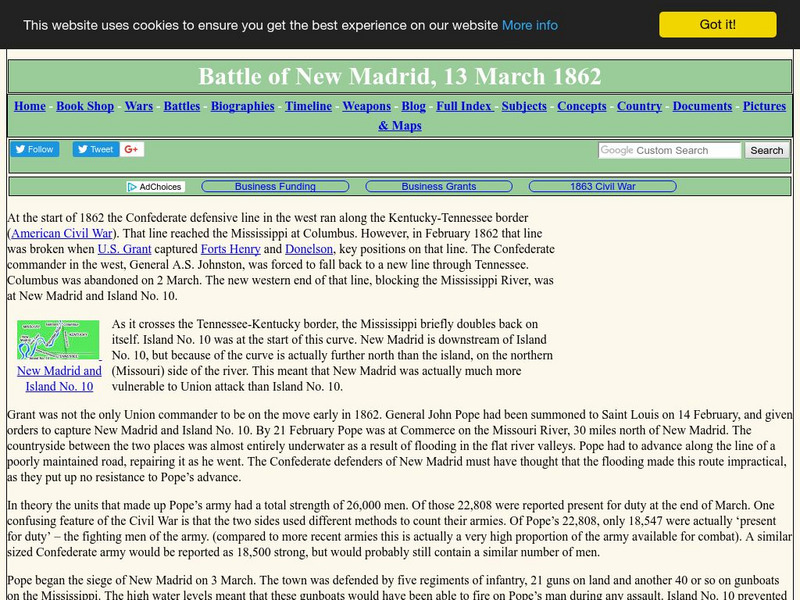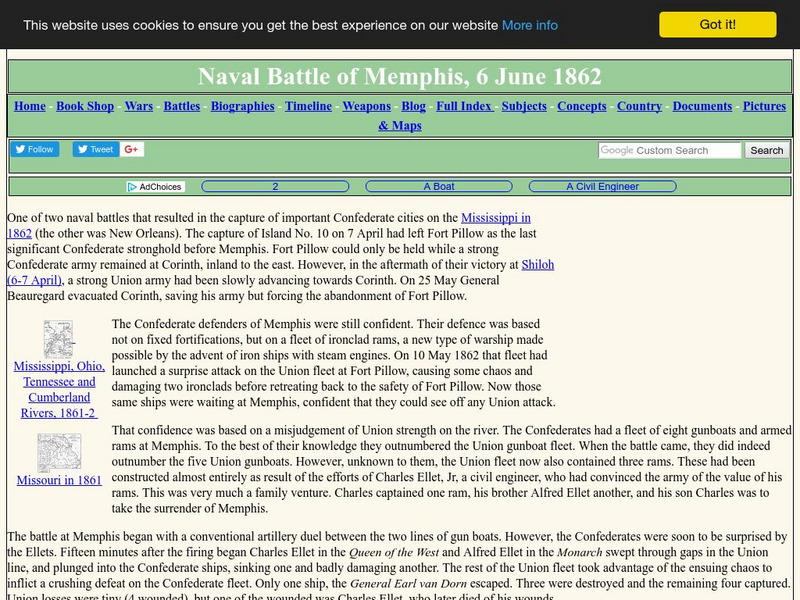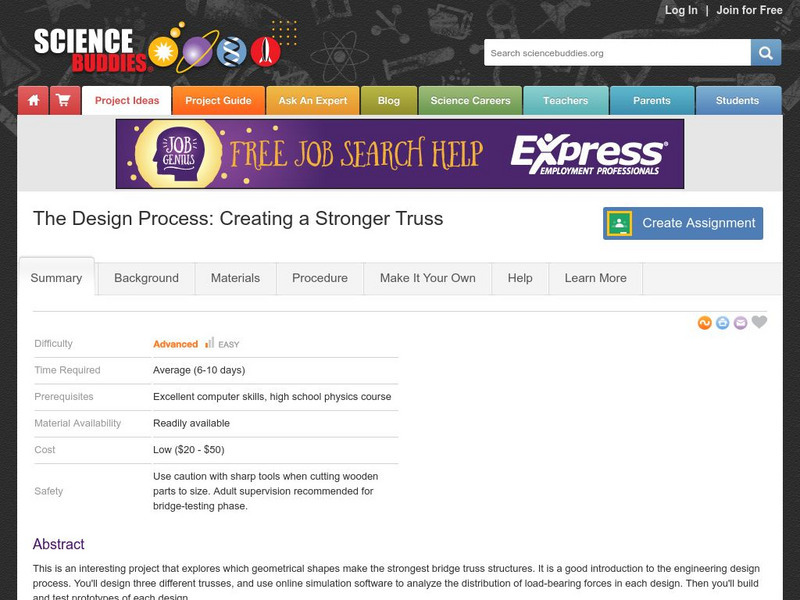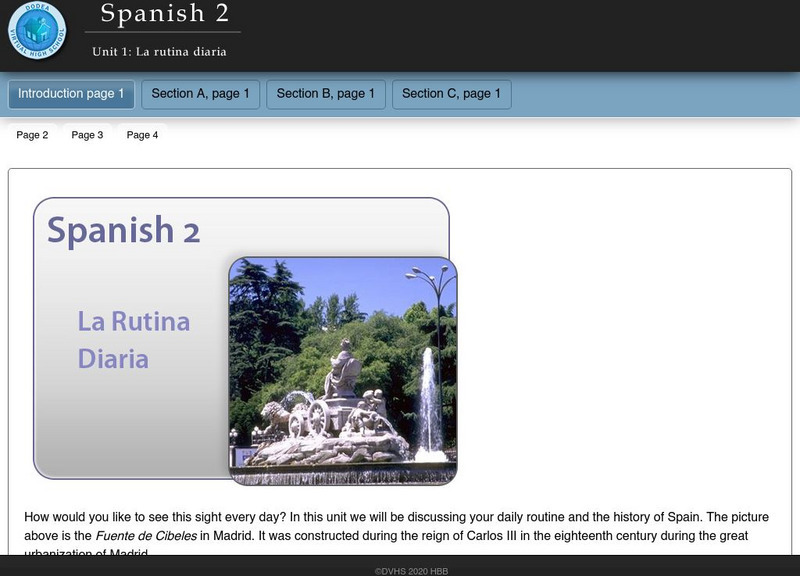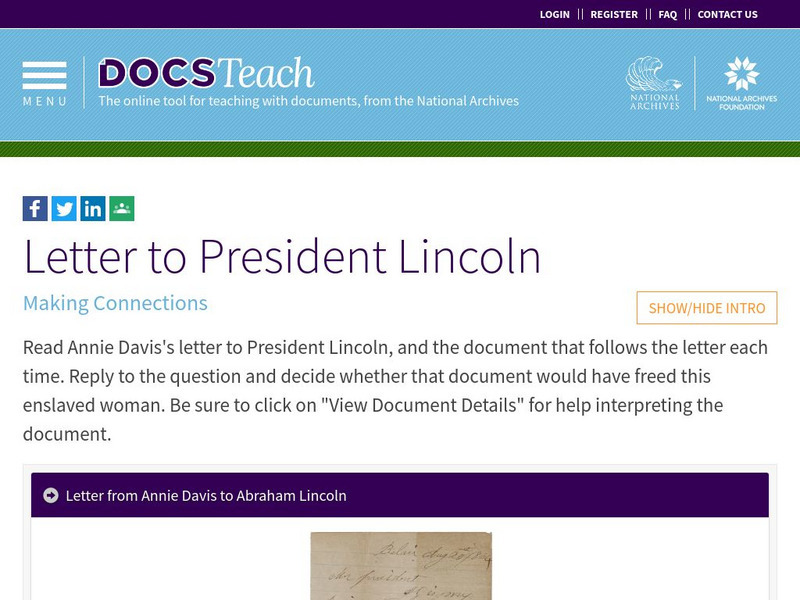US National Archives
Docsteach: From Dred Scott to Civil Rights Act of 1875: Eighteen Years of Change
In 1857, the U.S. Supreme Court ruled in the Dred Scott decision that African-Americans were not citizens of the United States. Yet within 18 years, Black Americans would not only have citizenship, but would be guaranteed the right to...
US National Archives
Docsteach: The Suffrage and the Civil Rights Reform Movements
This short comparative analysis activity involves comparing and contrasting two images of marches for freedom - a 1917 march of suffragists and the 1963 March on Washington for Jobs and Freedom by Civil Rights leaders. Students will...
Alabama Learning Exchange
Alex: Three Principles of Civil Disobedience
Both Mahatmas Gandhi and Martin Luther King, Jr. were influenced by Henry David Thoreau's essay, "Civil Disobedience." Have learners research and read, using the Internet, the first part of Thoreau's essay. Then have students write an...
Constitutional Rights Foundation
Constitutional Rights Foundation: The Civil Rights Act of 1964
Read about the persisitence of President Lyndon B. Johnson in finally enacting the momentous civil rights legislation, the Civil Rights Act of 1964. Find out about his adversaries and allies in getting this legislation passed.
National Endowment for the Humanities
Neh: Edsit Ement: Homer's Civil War Veteran: Battlefield to Wheat Field
In this lesson plan, students will consider "Homer's Civil War Veteran: Battlefield to Wheat Field." The plan includes worksheets and other student materials that can be found under the resource tab.
CommonLit
Common Lit: Excerpt From "Civil Disobedience"
A learning module that begins with Henry David Thoreau's "Excerpt from 'Civil Disobedience'" accompanied by guided reading questions, assessment questions, and discussion questions. The text can be printed as a PDF or assigned online...
HotChalk
Hot Chalk: Lesson Plans Page: Civil War Battlefields Virtual Field Trip
This detailed lesson plan has students analyzing battles of the Civil War through the Internet and creating a presentation using the information learned. Note: Some links may no longer work but these battlefield sites can be easily found...
National Endowment for the Humanities
Neh: Edsit Ement: African American Communities in the North Before the Civil War
In this lesson plan, students will consider "African-American Communities in the North Before the Civil War." The plan includes worksheets and other student materials that can be found under the resource tab.
Other
Pocantico Hills Central School: The Civil War for Kids
Written and published by an elementary school class in New York, this site offers lots of information on the Civil War. You'll find pictures, maps, a timeline, and graphs. Learn about battles, leaders, uniforms, flags, and much more....
US National Archives
Docsteach: We Shall Overcome: March on Washington
Students will discover the reasons behind the March on Washington and analyze the impact and consequences on the Civil Rights Movement in the United States.
Georgia Department of Education
Ga Virtual Learning: American Government: Civil Liberties and Responsibilities
Georgia Virtual Learning module on civic responsibility in the U.S. offers mult-media resources.
Other
Military History Encyclopedia on the Web: Battle of New Madrid, 13 March 1862
A good description of the Battle of New Madrid and an explanation of why the course of the Mississippi River affected the battle.
Other
Military History Encyclopedia on the Web: Naval Battle of Memphis, 6 June 1862
An interesting account of the battle between Union and Confederate gunboats which resulted in the surrender of Memphis and the opening of the Mississippi River south to Vicksburg.
Siteseen
Siteseen: American Historama: March on Washington
The March on Washington for Jobs and Freedom took place on August 28, 1963, with the purpose of making demands for civil rights legislation and the elimination of racial segregation in public schools and jobs.
Science Buddies
Science Buddies: The Design Process: Creating a Stronger Truss
This is an interesting project that explores which geometrical shapes make the strongest bridge truss structures. It is a good introduction to the engineering design process. You'll design three different trusses, and use online...
Library of Congress
Loc: Matthew Brady
A look at the life of Matthew Brady, an Irish American who was a photographer in the Civil War.
Department of Defense
Do Dea: Spanish 2: Unit 1: La Rutina Diaria
In this first unit of an intermediate Spanish course, students learn about the history of Spain and how to talk about their daily routine. Vocabulary includes reflexive verbs, bath items, schedules, the simple future tense, and clothing....
US National Archives
Docsteach: Letter to President Abraham Lincoln From Annie Davis
Students will study a letter from Annie Davis, a woman who was enslaved in Maryland and wrote a letter to President Abraham Lincoln during the Civil War to find out if 'we are free.' The students will decide if she received her freedom...
Independence Hall Association
U.s. History: Wartime Diplomacy
Both the North and South wanted the British and French to support their cause. Read about cotton diplomacy, which the South used to court both Britain and France. See how the North was tied to Great Britain. Find out why both European...
Encyclopedia Britannica
Encyclopedia Britannica: Odetta
This entry from Encyclopedia Britannica features Odetta, an American folk singer who was noted especially for her versions of spirituals and who became for many the voice of the civil rights movement of the early 1960s.
Encyclopedia Britannica
Encyclopedia Britannica: Pinckney Benton Stewart Pinchback
This entry from Encyclopedia Britannica features Pinckney Benton Stewart Pinchback, a freeborn black who was a Union officer in the American Civil War and a leader in Louisiana politics during Reconstruction (1865-77).
National Women’s History Museum
National Women's History Museum: Montgomery Bus Boycott
Claudette Colvin and Rosa Parks along with other early protestors sparked a yearlong boycott of the Montgomery bus system that culminated in the desegregation of public transportation in Alabama and throughout the country.



